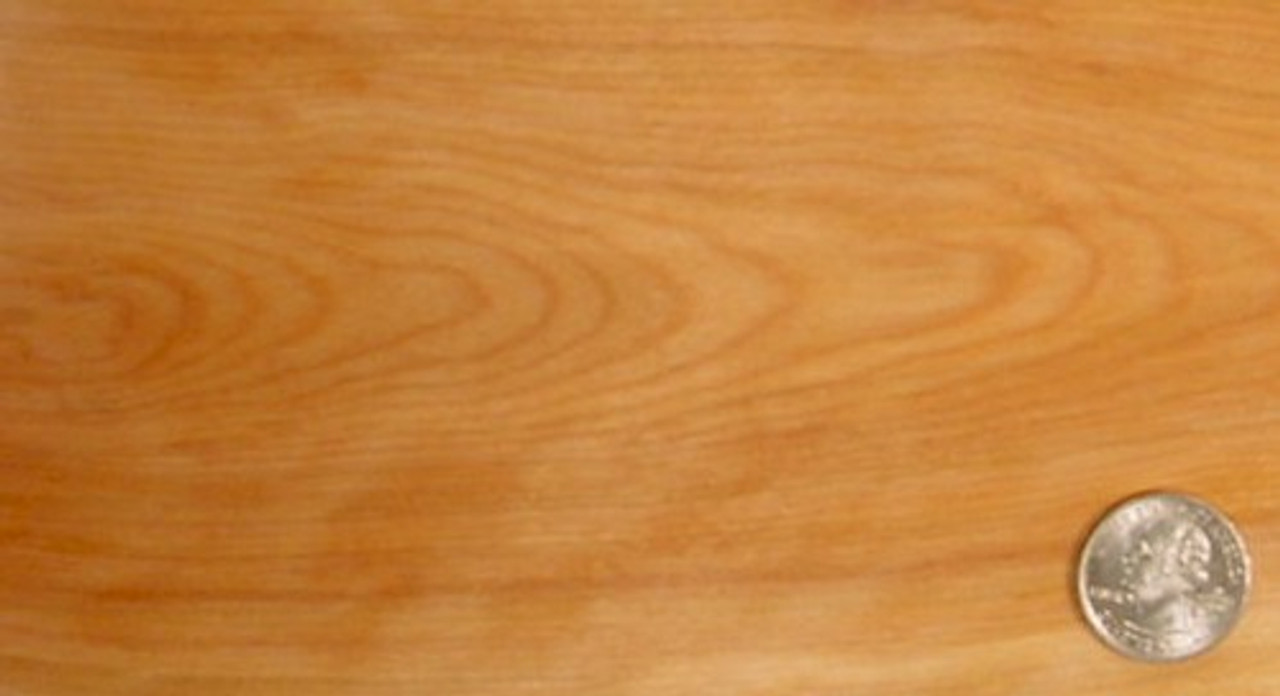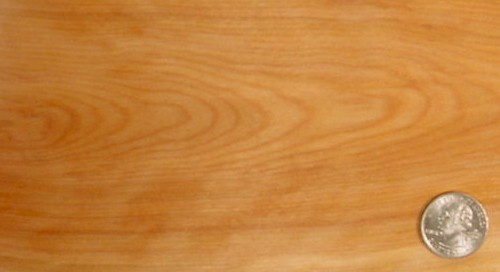Product Description
LUMBER SURFACED ON 4 SIDES TO SIZES SHOWN + or - 1/4Yellow Birch (Betula alleghaniensis)
View More Images Below
Common Name(s): Yellow Birch
Scientific Name: Betula alleghaniensis
Distribution: Northeastern North America
Tree Size: 65-100 ft (20-30 m) tall, 2-3 ft (.6-1.0 m) trunk diameter
Average Dried Weight: 43 lbs/ft3 (690 kg/m3)
Specific Gravity (Basic, 12% MC): .55, .69
Janka Hardness: 1,260 lbf (5,610 N)
Modulus of Rupture: 16,600 lbf/in2 (114.5 MPa)
Elastic Modulus: 2,010,000 lbf/in2 (13.86 GPa)
Crushing Strength: 8,170 lbf/in2 (56.3 MPa)
Shrinkage: Radial: 7.3%, Tangential: 9.5%, Volumetric: 16.8%, T/R Ratio: 1.3
Color/Appearance: Heartwood tends to be a light reddish brown, with nearly white sapwood. Occasionally figured pieces are available with a wide, shallow curl. There is virtually no color distinction between annual growth rings, giving Birch a somewhat dull, uniform appearance. Grain/Texture: Grain is generally straight or slightly wavy, with a fine, even texture. Low natural luster.
Endgrain: Diffuse-porous; primarily radial multiples; medium pores in no specific arrangement, moderately numerous to numerous; parenchyma maringal, and sometimes diffuse-in-aggregates (faintly visible with lens); narrow rays, spacing fairly close to close.
Rot Resistance: Birch is perishable, and will readily rot and decay if exposed to the elements. The wood is also susceptible to insect attack.
Workability: Generally easy to work with hand and machine tools, though boards with wild grain can cause grain tearout during machining operations. Turns, glues, and finishes well. Odor: No characteristic odor.
Allergies/Toxicity: Birch in the Betula genus has been reported as a sensitizer. Usually most common reactions simply include skin and respiratory irritation. See the articles Wood Allergies and Toxicity and Wood Dust Safety for more information.
Pricing/Availability: Likely to be rather economical in most instances.
Sustainability: This wood species is not listed in the CITES Appendices or on the IUCN Red List of Threatened Species.
Common Uses: Plywood, boxes, crates, turned objects, interior trim, and other small specialty wood items.
Comments: Birch is one of the most widely used woods for veneer and plywood worldwide. Besides regular sheets of plywood, Birch veneer is also used for doors, furniture, and paneling.
Product Videos
Custom Field
Product Reviews
1 Review Hide Reviews Show Reviews
-
Birch Wood
What I needed for my project








